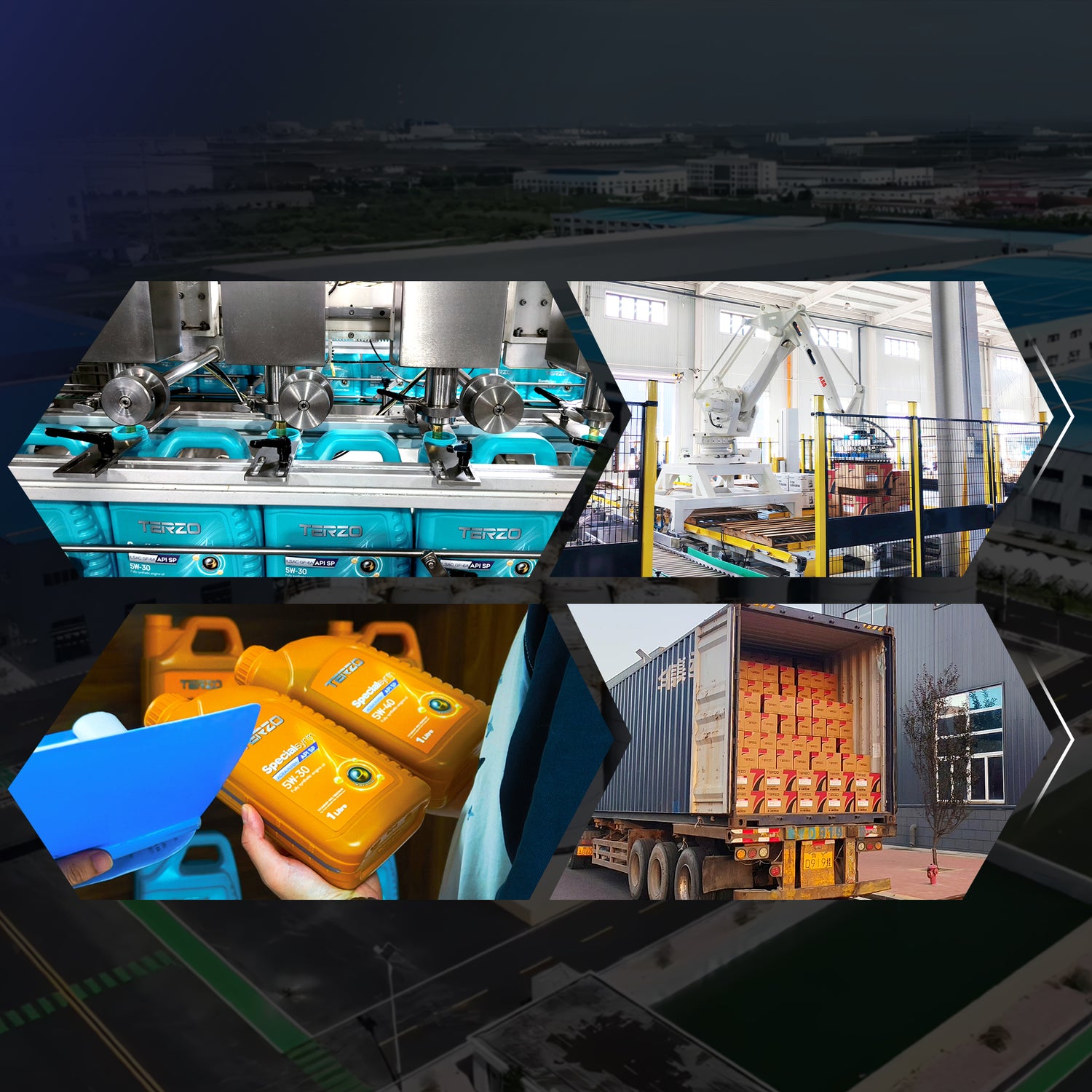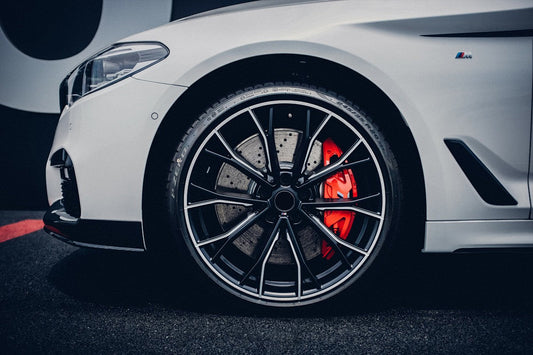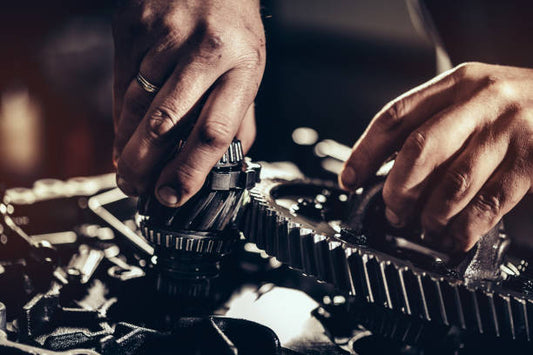
How Much Does Brake Fluid Flush Cost? Factors Beyond the Price Tag
Let’s start with the million-dollar question (or in this case, the 300 question): How much does a brake fluid change cost? Spoiler alert—it’s not a one-size-fits-all answer. But before you panic about hidden fees or overpaying, let’s unpack why the cost varies, what factors matter most, and why skipping this service could cost you way more than a few bucks down the line.
First, Let’s Talk Numbers: What’s the Average Cost?
If you’ve ever checked online forums or called a local mechanic, you’ve probably seen prices ranging from 300+ at a luxury dealership. Why the spread? Let’s break it down:
- Vehicle Type: A compact sedan with a simple brake system? Expect 150. A high-end luxury car (think BMW, Mercedes-Benz) with complex ABS, traction control, or ceramic brake components? That could jump to 300. Why? Luxury systems have more intricate lines, specialized fluid requirements (often DOT 4 or DOT 5.1), and mechanics trained to handle sensitive tech.
- Brake Fluid Type: DOT 3 is the most common (and cheapest), typically costing 40 per bottle. DOT 4, which handles higher heat (great for performance cars), runs 50. DOT 5.1, a hybrid glycol-based fluid with even better thermal stability, can hit 70. DOT 5 (silicone-based) is rare—used mostly in classic cars or non-ABS vehicles—and pricier at 80.
- Labor Costs: A quick Google search shows labor rates range from 150/hour at high-end dealerships. Most fluid flushes take 1-2 hours, so that’s a big chunk of the bill. Pro tip: Some shops include a “brake inspection” add-on (worth it—catching issues early saves cash).
But here’s the kicker: Quality matters. A 500+ in brake repairs later if the fluid fails. We’ll get to why in a second.
Wait, Why Does Brake Fluid Need Changing Anyway? Let’s Get Technical (But Not Boring)
Imagine this: You’re cruising down I-95 at 70 mph, and a deer darts in front of you. You slam the brakes. What happens next is a symphony of physics—and brake fluid is the conductor.
Here’s the play-by-play:
- Your foot hits the pedal, pressing a piston in the master cylinder (a metal reservoir of brake fluid).
- The fluid, under pressure, zips through thin brake lines (like a high-speed pipeline) to the calipers at each wheel.
- The calipers squeeze brake pads against rotating rotors, creating friction that slows the wheels.
Now, here’s the problem: Brake fluid isn’t just “oil.” It’s hygroscopic—meaning it absorbs moisture from the air over time. Even if your car sits in a garage, humidity creeps in. That moisture does two bad things:
- Lowers the boiling point: Brake fluid needs to stay liquid under extreme heat (like during hard braking). Water turns to steam at high temps, creating gas bubbles that compress—turning your “firm brake pedal” into a “squishy pillow,” which means longer stopping distances.
- Causes corrosion: Water + metal = rust. Over time, that rust eats away at brake lines, calipers, and the master cylinder. Imagine a tiny leak springing up during your morning commute—that’s a worst-case scenario.
In short, brake fluid isn’t just a “lubricant”; it’s the unsung hero keeping your brakes from turning into a death trap.
The Lowdown on DOT Ratings: Which Fluid Does Your Car Actually Need?
The Department of Transportation (DOT) rates brake fluids on their performance under heat. Here’s the cheat sheet:
| DOT Rating | Type | Hygroscopic? | Boiling Point (Dry) | Best For |
|---|---|---|---|---|
| DOT 3 | Glycol-based | Yes | 401°F | Most cars, standard daily drivers |
| DOT 4 | Glycol-based | Yes | 446°F | Performance cars, towing, wet climates |
| DOT 5.1 | Glycol-based | Yes | 500°F | High-performance/track use, heavy-duty |
| DOT 5 | Silicone-based | No | 500°F | Classic cars, non-ABS systems |
Wait, why the “silicone vs. glycol” divide? Silicone-based DOT 5 doesn’t absorb water, which sounds great—but it doesn’t mix with glycol-based fluids. If your car has ABS (which most modern cars do), using DOT 5 can clog the system. Always check your owner’s manual first. For example, a 2020 Toyota Camry? It’ll specify DOT 3. A 2023 Porsche 911? Probably DOT 4 or 5.1.
Pro data alert: A 2022 study by the Automotive Research Association of India found that 68% of brake fluid-related failures were due to using the wrong DOT rating. Ouch.
When Should You Actually Change It? (Hint: It’s Not Just “Every 2 Years”)
Manufacturers throw around guidelines like “every 2 years” or “every 30,000 miles,” but real-world conditions matter. Let’s get into the nitty-gritty:
- Your Driving Habits: If you live in a mountainous area (think Colorado) or do a lot of stop-and-go (hello, NYC), your brakes work harder. That means more heat, faster fluid breakdown. A study by AAA found that drivers in urban areas replace brake fluid 30% more often than those in rural zones.
-
Visible Signs of Trouble: Don’t wait for a disaster. Watch for:
- A spongy brake pedal (it sinks when you press it).
- Grinding or squealing noises (could mean fluid has leaked onto pads).
- The ABS light flickering (moisture in the system can short sensors).
- A burnt smell after hard braking (that’s overheated fluid—bad news).
Still not sure? Use a brake fluid test strip (available at AutoZone for $10). It measures moisture levels—if it turns dark, it’s time to flush.
Choosing the Right Fluid (and Avoiding Cheap Traps)
Let’s talk quality. A $10 bottle of “generic” brake fluid might seem tempting, but here’s the reality: Cheaper fluids often have lower boiling points, more impurities, and can degrade faster. TERZO, a trusted name in automotive fluids, makes premium DOT 3, 4, and 5.1 fluids designed to outperform the competition.
What makes TERZO stand out?
- Ultra-low moisture absorption: Their formula uses advanced additives to slow water uptake by 40% vs. standard fluids (tested in ASTM D665B standards).
- High thermal stability: Even under extreme heat (like towing a trailer up a hill), TERZO fluid resists vapor lock, keeping your brakes responsive.
- DOT-compliant: Whether you need DOT 3 for your minivan or DOT 5.1 for your sports car, TERZO meets (and often exceeds) industry specs.
Pro tip: When getting a flush, ask your mechanic to use TERZO. Many shops stock it—they just don’t advertise it.
The Final Word: Why Skipping a Brake Fluid Flush Is a Bad Idea (and How to Save Smart)
Let’s tie it all together. Brake fluid is the silent workhorse of your braking system. Neglecting it leads to longer stops, damaged components, and—even worse—accidents. The cost of a flush (300) is chump change compared to the $1,000+ repair bill for a failed caliper or rotor.
But here’s the good news: You don’t have to overpay. By choosing quality fluid (like TERZO), staying on top of your vehicle’s maintenance schedule, and avoiding cut-rate shops, you can keep your brakes safe and save money long-term.
So, next time someone asks, “How much does a brake fluid change cost?” You’ll not only know the numbers—you’ll know why it matters. And that’s worth every penny.




